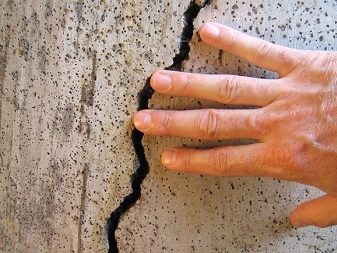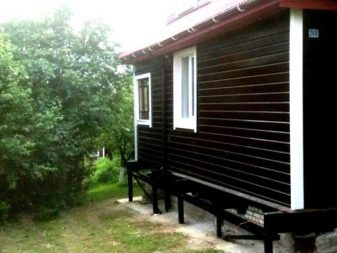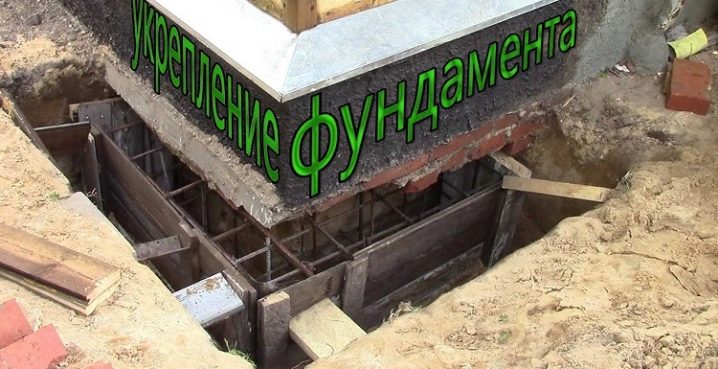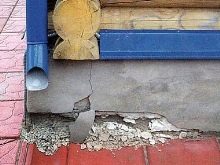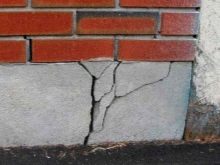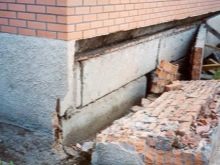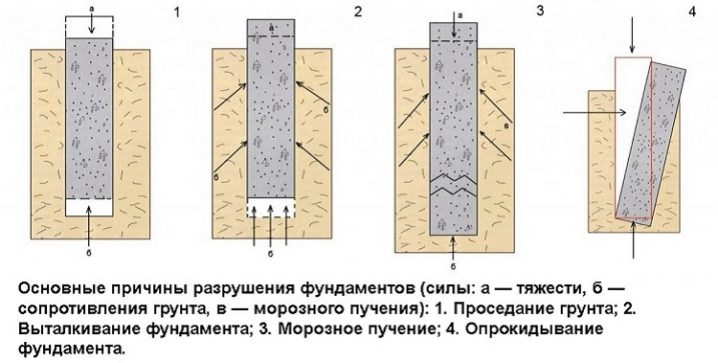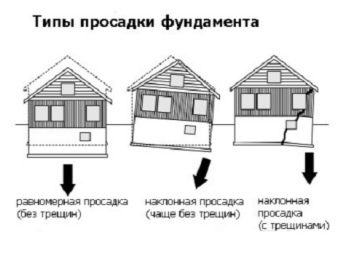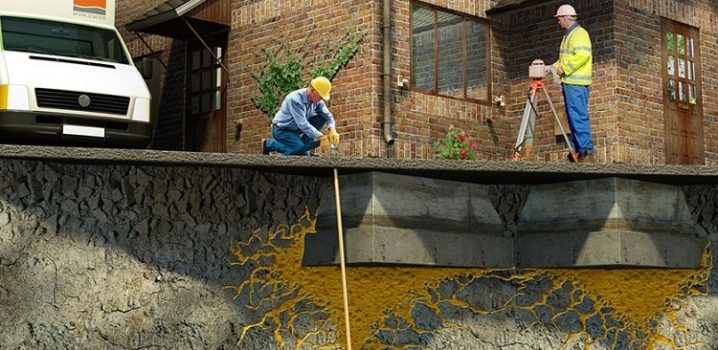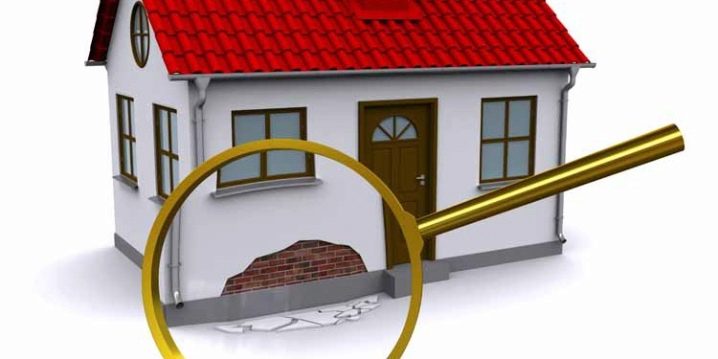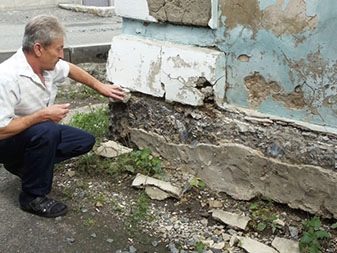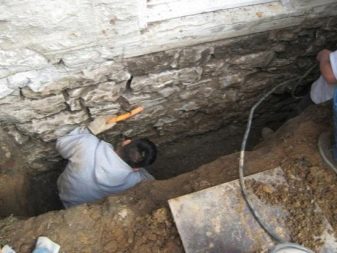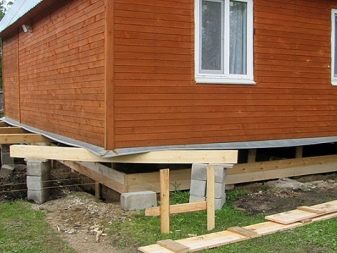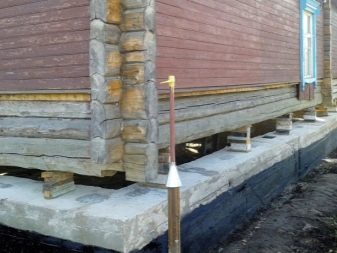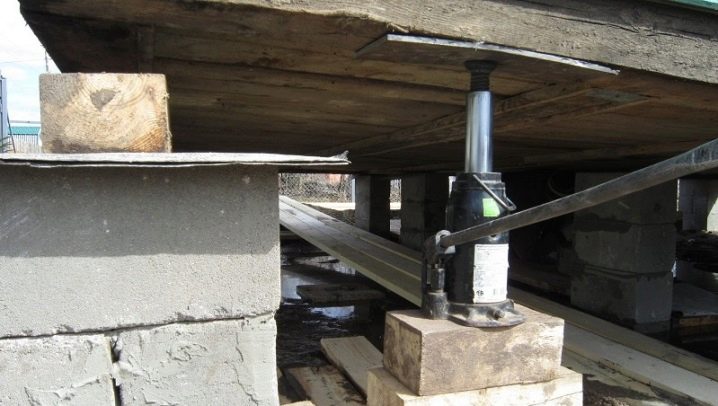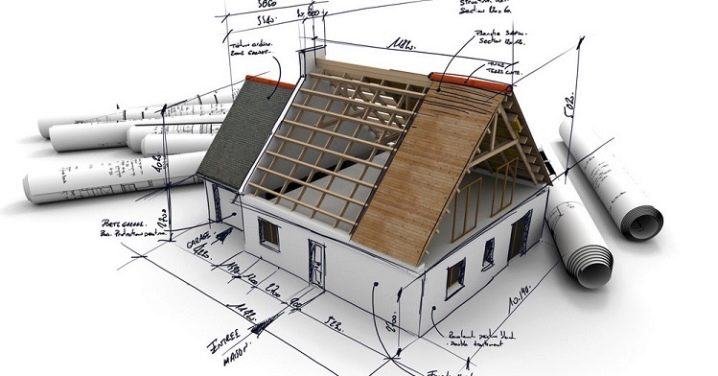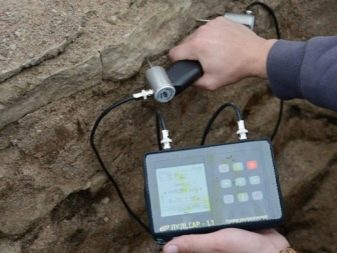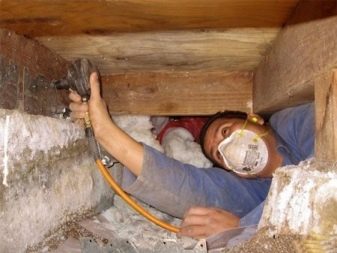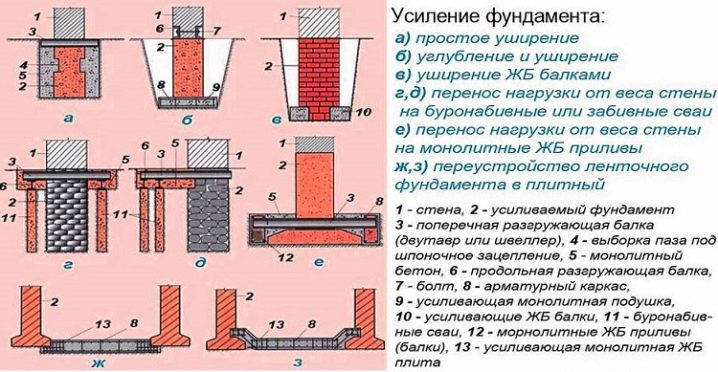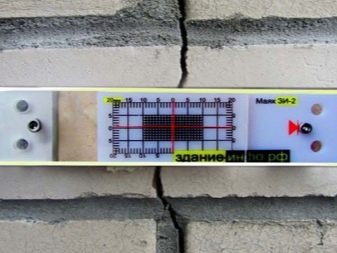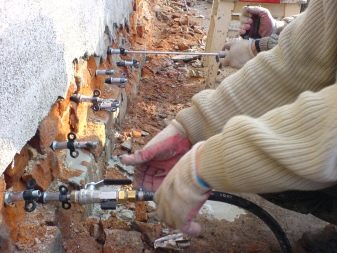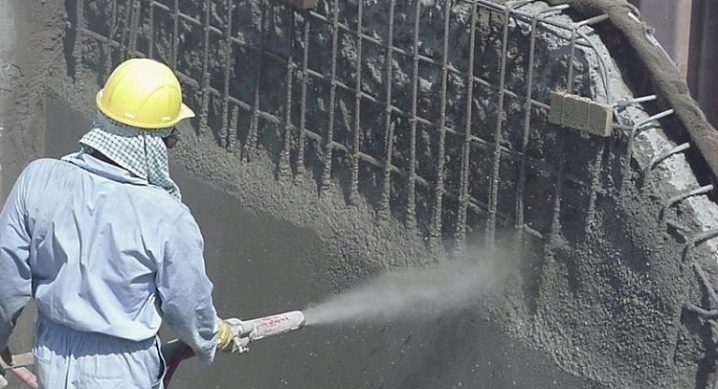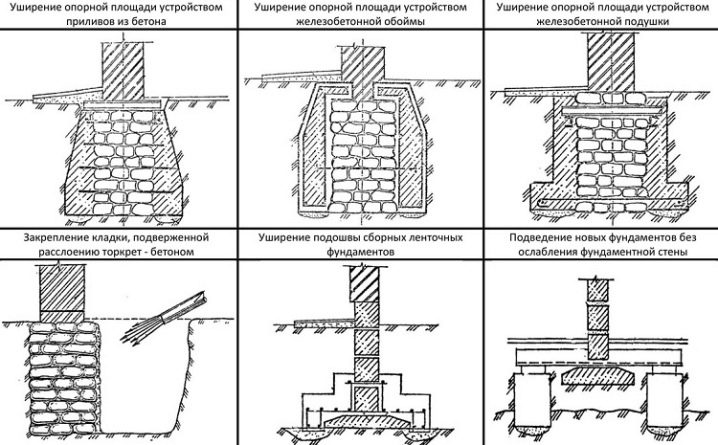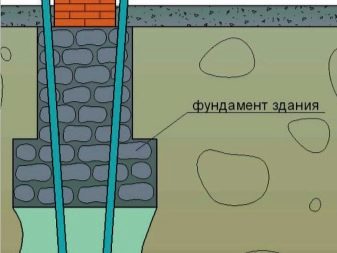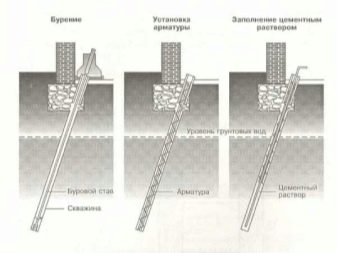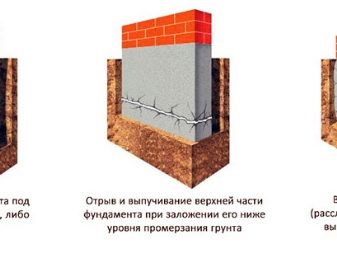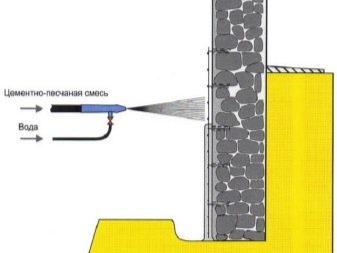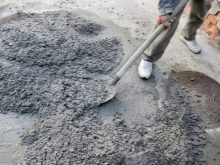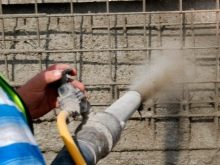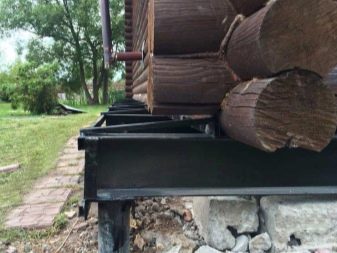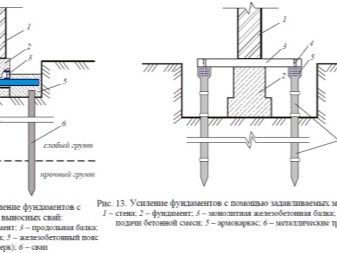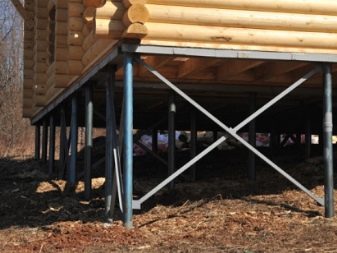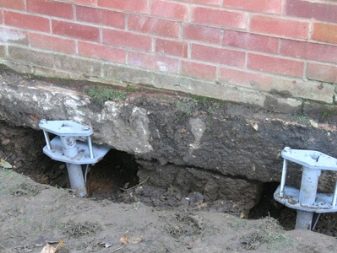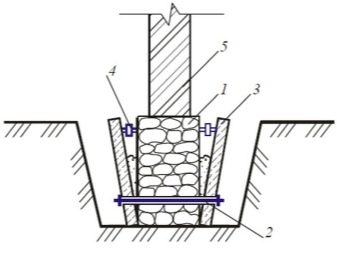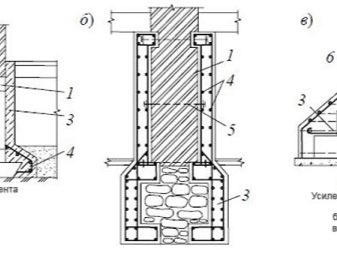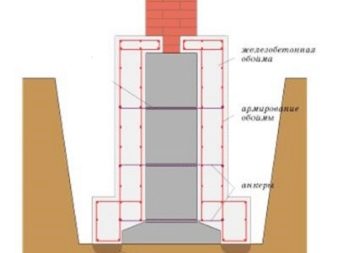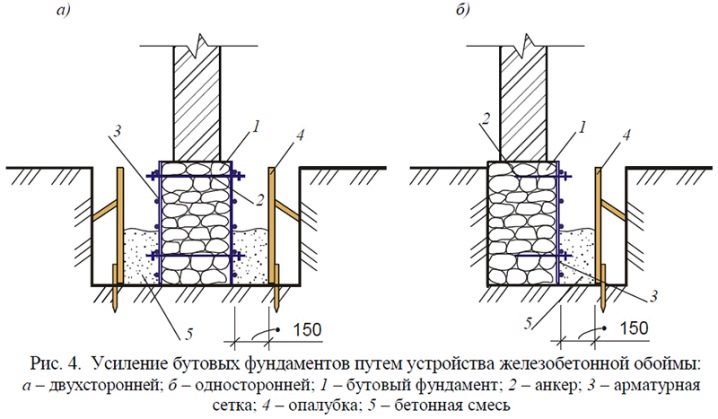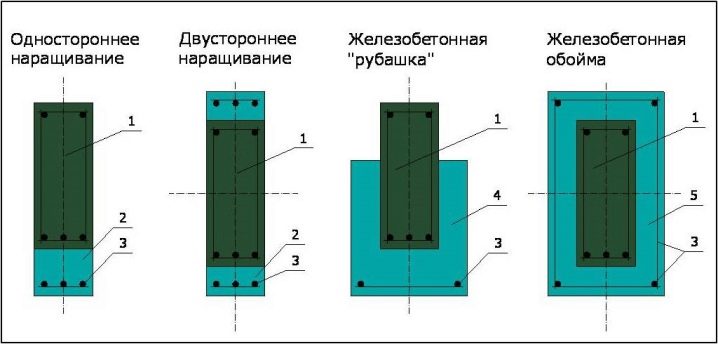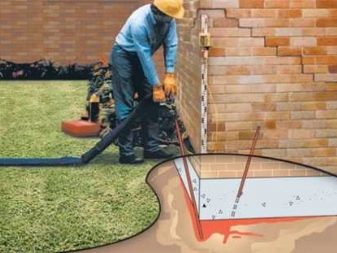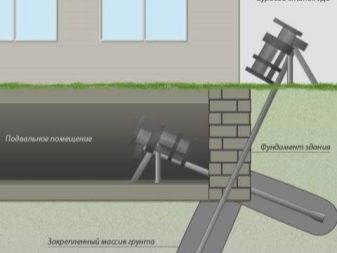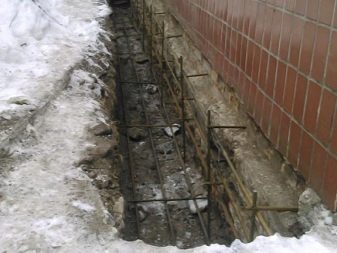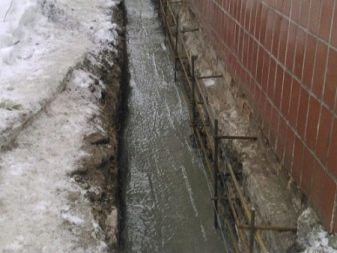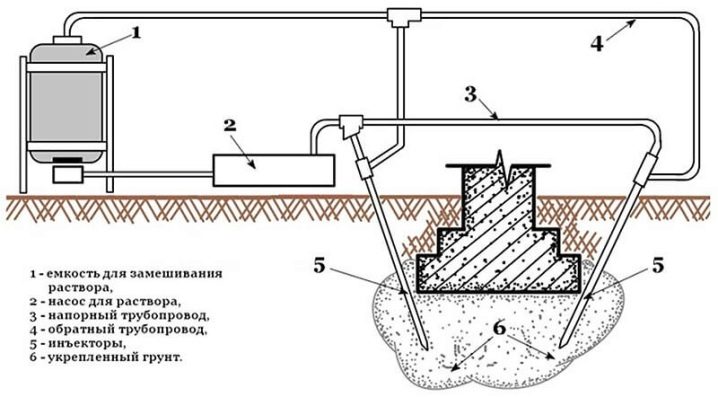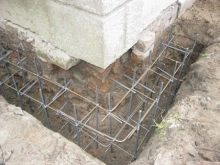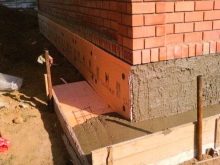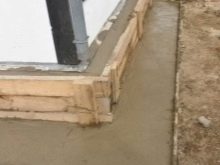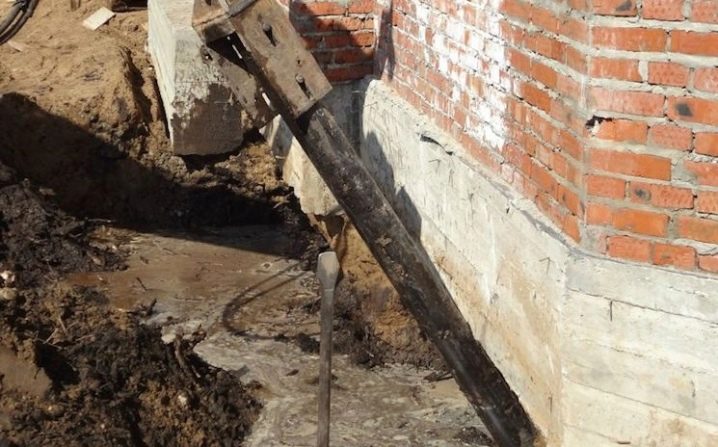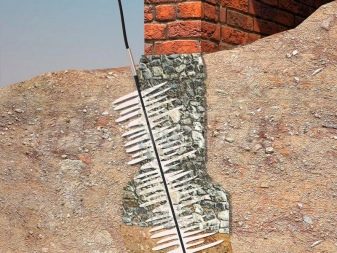How to strengthen the foundation: ways and technology to strengthen different bases
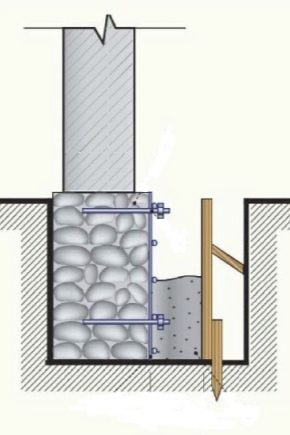
Due to the absence for a long time of scheduled maintenance or under high loads, the foundation begins to collapse. If the walls are strong enough, then the owners decide to repair the foundation with their own hands. This makes it possible to extend its operating time and save money.
Strengthening the foundation of a private house is carried out by several methods, most of which do not need specialized knowledge and technical capabilities.Professional builders need to be involved only in some difficult cases.
Features and preparation
Reinforcement of the foundation must be carried out in two cases: when detecting signs of structural deformation and, if it is planned to add floors. Before starting work, it is necessary to carefully analyze the condition of the house, assess the degree of destruction of the foundation or the likelihood of damage in the near future, and only then begin the strengthening work.
Establishing the causes
As a rule, professionals with specialized equipment are invited to identify defects. But you can do the work yourself, if you correctly evaluate all the reasons and follow the step by step guide to increase the strength of the foundation. In no case, when defects are detected, they cannot be ignored, otherwise in the future the inevitable replacement of the foundation will be very expensive.
It is possible to determine the primary stages of destruction by several obvious or hidden signs.
Obvious signs are easily noticed by the naked eye, these include:
- deformed areas on the floor surface;
- changes in soil level and the formation of dips around the base;
- the appearance of defects on the exterior cladding of the house or its destruction;
- the occurrence of cracks in the basement and walls;
- minor local destruction in the structure itself and in the adjacent area.
With invisible defects it is more difficult, here you will need special equipment. Nevertheless, if at least something is alarming you, for example, peeling of a part of decorative plaster has occurred on the basement or on the facade or the soil has slightly eroded around the house, invite specialists. Thereby, you protect yourself from more severe consequences. Experts will quickly determine the cause and advise how to fix it. And you can fix the problem if you wish.
There are many reasons for the destruction of the foundation of the house.
The main ones are:
- initially incorrect calculation of the load on the base;
- nearby large-scale earthworks;
- violation of the construction of the foundation;
- soil freezing;
- poor quality waterproofing base or lack thereof;
- excessive savings in construction, for example, the use of low-quality building materials;
- changes in soil properties since the construction of the building;
- constant vibrations (the house is located near the railway);
- improper operation of the structure (lack of heating in winter);
- increased pressure on the foundation due to redevelopment of the house or its reconstruction;
- missing or incorrectly made drainage.
In addition to all the above, the impact of the environment: slight underground fluctuations, sudden warming, fluctuations in temperature, very long rains and a lot of snow. As a result, the level of groundwater rises, and the processes of soil heaving arise.
In any case, it is impossible to predict all the disastrous consequences of natural collapses, but it is necessary to calculate the risks at the design stage of a house.
Destruction Analysis
What will be the strengthening of the foundation, largely depends on the type of soil. What soil prevails on the site, you must first determine.
You also need to implement a number of research procedures that will help determine the characteristics of the work:
- At first it is worth examining the old foundation - the structure, the depth, the materials used.
- Then perform an overground survey.It provides an opportunity to establish the load on the foundation, to detect distortions and cracks.
Any old foundation only strengthens over time.
Should it be strengthened, can be determined by the following features:
- House donkey more than the allowed values.
- The load on the foundation has increased.
- A source of intense vibrations arose near the building or inside it.
To make the correct strengthening of the foundation of the house with your own hands, it is necessary to establish precisely whether the structure has shrunk. This is implemented quite simply: across each crack formed on the foundation, it is necessary to place markers (gypsum beacons). If during the month they are deformed, you can get to work. Ways to strengthen the foundations are quite diverse, so they should be divided into several groups.
Base unloading
The final phase of the preparatory work is the unloading of the foundation, which can be either partial or complete. This is an important stage, not allowing distortions during the fortification works. Partial unloading. It is carried out by installing temporary supports made of wood, as well as metal and wooden struts.
First, on the first floor or in the basement, support pillows are placed at a distance of 1.5-2 m from the wall, a support beam is placed on them, and racks are fixed, which then need to be connected with a beam with an overlap and with the help of wedges with a support beam.
For complete unloading of the base, the installation of the races (metal beams) will be required. Under the butting line of the brickwork of the wall, with each of the two sides, punctures are made their way into which it is necessary to place every two meters of the randbalka and tie them together with the help of bolts (20-25 mm). Places where randbalki communicate with each other, you need to cook lining, and the distance from the wall to randbalki fill with a solution of cement and sand.
In the lower part of the wall, close to the upper edge of the basement, through 2-3 m pierce through holes, into which the transverse beams are inserted. Under each crossbeam arranged for two supporting pillows. The base under the pillows should be sealed.
Design
Before starting the development of the foundation reinforcement project, it is necessary to perform a technical inspection of the structure, which, among other things, should include an analysis of the reasons explaining the inadequate bearing capacities of the foundation and the foundation soil.Technical inspection is carried out comprehensively. Any survey begins with a review of the available project and executive documents relating to both the building itself and the territory in which it is located.
The inspection of the house itself (both its above-ground and its underground parts) includes:
- determination of the scheme of the relative position of the main supporting structures of the structure elements
- measuring work;
- technical certification of structures, including the foundation;
- the establishment of the physico-mechanical characteristics of the materials of construction and soil;
- the establishment of planned and real loads;
- detection of defects and the reasons for their appearance (for example, the foundation burst and a crack went along the wall).
Additionally, to complete the picture at the pre-project stage, the results of deformational and geodetic monitoring may be required.
Main types and methods
Foundation strengthening can be carried out by various methods depending on the degree of destruction of the base, material and many other factors. In addition, the cause of structural failure is of no small importance.
Weathering
Protection of the foundation against weathering is carried out during chemical and physical weathering of the foundation material, when the processes of weathering cause masonry to be affected superficially and there are no through cracks in the foundation. As a rule, this happens if the foundation is made of brick or rubble masonry, which has low strength and water resistance.
Chemical weathering can occur when the cement or the substance added to the binder mass are not resistant to aggressive environmental influences.
To restore the surface of the foundation, gunning is used (plastering with a cement solution) on the cleaned (prepared) side surface of the foundation or gunning on a steel mesh fixed on its side surface.
If the weathering processes have covered the foundation to the full thickness, it is necessary either to cement the masonry, thereby consolidating the existing foundation, or to strengthen the foundation with clips, restoring the bearing capabilities of the foundation.
Durability due to broadening
This method is quite complicated in the execution of their own hands, but several people are able to solve this problem.The sole is a reinforced concrete pillow that serves as a support for the foundation. First of all, it is necessary to mark the foundation every 2.5-3 meters, to excavate the soil on the sides of the base and under it.
It should be laid under the foundation reinforced screed, pour it with a solution that must be distributed evenly, and remove air bubbles. This will require a vibrator for concrete. On the sides, the sole must be raised approximately 15 cm above the base.
Injection
Strengthening the foundation by such a method as injection is one of the most innovative methods. Own hands to implement it will not work. To implement this method requires special equipment. The essence of the technology lies in the fact that wells with a diameter of 16-24 cm are drilled at various angles (approximately 45) from various sides in the foundation, the diameter is chosen depending on the conditions. The depth of the wells varies depending on the characteristics of the soil. For more reliable reinforcement of the base of the house, it is recommended to drill to hard layers of soil. After this, the wells are filled with the solution.
In the wells filled with the solution, put injection piles made of reinforcement. Under pressure of 1-3 MPa, cement mix or concrete is poured into them.This process is referred to as “pressure testing a well.”
As a result, the soil is compacted, the size of the pile is increased by 5-10%. Saturation of the soil with cement or concrete mortar makes it possible to fill the voids and pores, strengthens weak areas. While frozen, the solutions deepen the foundation and contribute to an increase in the carrying capacity.
By gunning technology
As a result of using the above method, you get:
- strengthening of the soil under the house;
- additional reinforcement of the foundation with reinforced concrete piles.
Strengthened by gunning technology is an ideal option to restore the base of a brick house. It is extremely difficult to implement such work with your own hands, it is better to entrust it to specialists.
If you are convinced that you are able to cope on your own, then you will need:
- perforator;
- installation for the application of concrete or mortar mix (shot-gun);
- cement, gravel and sand;
- shovel.
The foundation is strengthened in 2 stages: initially, work is carried out from one side of the base and only after a week they are switched to the opposite side.Such a temporary pause makes it possible to maximally strengthen the structure.
The areas to be captured must be at least 2.5 m in length. A trench 2 m wide and 1.5 m deep is digging, the masonry cleared of the soil is cleaned, and notches about 1.5 cm deep are applied to it.
You can apply and invoice frame made of rebars (if you want to increase the number of storeys of the building).
Make a solution of concrete, mixing cement, sand, gravel and water and using a gunning gun applied to the foundation, filling all the cracks and crevices. Reinforcement by gunning technology is one of the optimal strengthening schemes, because it significantly increases not only the bearing capacity of the base, but also its moisture impermeability.
Pile
Strengthening impressed piles
There are circumstances when the drilling of wells is not feasible due to the properties of the soil, the condition of the house or a ban on work, accompanied by vibration and noise. In such situations, indented piles are practiced. Strengthening the foundation of a brick house can be carried out just with the help of such piles.
The technology of the injected and bored piles is very similar. The difference is that in our case, the piles already ready for driving are used, they do not need to be poured with concrete with their own hands.
The use of such pile foundations makes it possible, if necessary, to completely transfer the load to a new foundation.
Screw piles
Strengthening the base of the house with screw piles differs from the use of the above-described piles in that it will be impossible to adjust its position after screwing the pile into the soil.
As a consequence, two technologies are used:
- "Bulls" - 2 inclined piles are screwed from different edges of the foundation strip. To make access from the inside of the building possible, it will be necessary to disassemble the floor in places; the tape is squeezed by piles and will not drain.
- The classical method of amplification - in MZLF (shallow-depth strip foundation). Through diamond holes are made through holes, piles are screwed vertically from both edges (as close as the walls of the house allow), the house is lifted by jacks, an I-beam or a channel is arranged in the hole, the ends of which are welded to the piles.
With the help of ebbs or clips
According to this technology, the foundation can be made to strengthen the foundation by means of ebbs, a reinforced concrete jacket or clips.
Strengthened by low tides
This method of amplification is relevant for the foundation, made of rubble or brick.
Procedure:
- Reinforced concrete castings are used instead of a frame made of reinforcement. They must be installed from 2 sides and pressed so that their top does not touch the wall, and the lower segment is opposite.
- Next you need to secure the structure with jacks and ties, dig trenches with grips up to 2 meters.
- The space between the ebb and the wall is filled with mortar.
Reinforcement cage
The method consists in the construction along the outdated foundation of reinforced concrete or concrete yoke, which is connected to the old base by drilling channels in the ground and laying reinforced concrete beams or reinforcement. This significantly increases the bearing capacity of the foundation, and due to an increase in the supporting area, the draft of the building decreases. Reinforced concrete clips are divided into broad and vertical structures. In the widened cage, the lower segment is displayed beyond the boundaries of the main contour of the wall at a distance equal to its thickness.
The installation of the clip of reinforced concrete is carried out in the following order:
- Along the perimeter of the contours of the foundation, a trench 2-5 meters wide and a depth equal to the depth of the foundation is dug.
- The foundation is cleaned of the soil, and holes for reinforcing bars are drilled in it in a checkerboard pattern.
- Rods with a diameter of 15 to 20 mm are driven into these holes so that they peek out of the base walls by 20–25 cm.
- At the ends of the rods, a double-core framework is constructed of reinforcement, onto which sheet metal is fixed by welding, which plays the role of formwork for pouring concrete solution.
- Inside the formwork, a solution is pumped, after solidification of which, the ditch excavated along the perimeter is covered with earth.
The method of strengthening the base with a reinforced jacket is also used. This design is distinguished from the cage only by the area of the basement surrounding: the cage closes along the entire contour of the basement, and the shirt is practiced to reinforce some defective areas.
Strengthening the tape base
The basis of most of the private houses is a tape-type foundation. The properties of such bases have the technical ability to locally exceed the loads permitted by the standards.This type of foundation is capable of experiencing local swelling of the soil. All kinds of foundations are erected on a stone bedstone. When it is upsetting, it is important to stop this process in time.
To strengthen the strip foundation, a hole is dug at an angle of 35 degrees in direct proximity to the base. Its depth should reach the level of the masonry of bed stone. Then in the excavated pit is placed a pipe, the diameter of which is equal to 150-200 mm. With the help of a pipe, the concrete solution is filled with a low cement content and a high content of crushed stone or gravel (lean concrete).
Filling continues until full saturation of the soil. At this stage it is necessary to stop all work for two hours. During this period, it is necessary to observe the behavior of the soil regarding its saturation with a solution. If the solution starts to leave, then it is necessary to continue filling the pit after several days. According to practice, for the absolute saturation of the soil requires two or three times repetition of the process. Monitoring of the situation is implemented through beacons. In the case of a small change in their position, they proceed to the next stage.
A trench 200-350 mm wide is dripped along the base contour. A plank construction similar to the formwork is erected on its outer side and on the bottom. The reinforcement pins are driven into the base, and a reinforced mesh is fixed to them. In the resulting structure is poured a solution of concrete, in which there is a filler from fractions of small gravel and gravel. Such a structure will significantly strengthen this corner of the house and equally distribute the load in a horizontal plane, which will stop the process of precipitation at home.
Cementation
The difference between cementation (injection) is that when it is in the cavity of the base hollow tubes are installed. As a rule, this method is used for a rubble base in which there are many voids. The availability of the technique is achieved due to the fact that the cavities between the rubble and the bricks are filled with cement mortar, and minor cracks are smeared. Hollow tubes are installed in such a way that they extend beyond the holder by more than 40 cm and are necessarily fixed with a solution.
To fill the cavities of the tubes, cement of lower density is poured into them than for the cage. The work should be carried out in the prescribed manner: first you need to make a clip, after two days, when it hardens, you must fill in the supplied tubes in advance. Cementation is possible only when the base retains its carrying capacity.
In those cases when as a result of weathering and violations of the basement masonry cracks have formed in the superfacial part of the building, the usual filling of open cracks with cement mortar may not meet the requirements. Then it is recommended to increase the strength of the structure by other constructive measures.
Expert advice
Thinking about how to strengthen the foundation of a house, The following factors should be taken into account:
- The pressure on the foundation of an old wooden house can be reduced by lowering the level of heaving of the soil. To do this, a sandbag is constructed under the base, and a clay belt is placed around it.
- The mobility of the soil will be significantly reduced if the drainage system is placed around. This will increase the density of the soil, thus increasing the strength of the base.
- Insulation of the basement and the foundation will significantly slow down the process of destruction and increase the service life.
- Sealing adjoining the blind area will protect the base from precipitation. To reduce the amount of moisture penetrating into the soil around the foundation, it is possible through a system of gutters located on the roof.
To properly strengthen the foundation, you need to take into account the advice of experienced professionals. They recommend making the choice of the method of amplification depending on the state of the building, its reconstructive capabilities and the characteristics of the structure. Additionally, you must keep in mind the state of groundwater.
If the damage is small, and the foundation sediment is complete, then it can be confined to sealing the cracks with a solution of cement. With strong shrinkage, it is necessary to eliminate the cause of its occurrence. In particular, if the deformation of the foundation provoked the washing out of the soil, then it is necessary to inject the cement mortar into the formed voids. At the base of the house, wells are made and under high pressure they are filled with a solution. This layer perfectly strengthens the base and is characterized by waterproofing properties.
To strengthen the shallow strip foundation (MSLF), experts advise the use of screw, bored or brown injection piles. If the technique for drilling and injection is missing, then the work will have to be done manually.
To this end, in problematic areas or along the entire perimeter of the foundation, the buildings dig out the soil. Fill the ditch with masonry or monolithic concrete. Close up the cracks on the house, especially through brick locks, it is necessary after stabilization of the precipitation process. If the house has not yet sat down, to establish the time for completion of the precipitation in places where the house or foundation has cracked, install beacons.
Each method of strengthening the foundation is developed individually based on the results of inspections and design information. Owners of private housing construction need to remember that the work on strengthening can be carried out on their own only after a thorough examination, obtaining the results of the examination and all the necessary conclusions.
How to strengthen the house and avoid cracks, see the following video.
